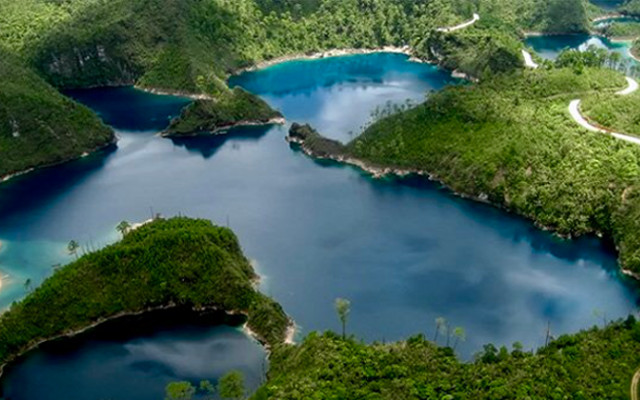Palm fat in Mexico. Assaulting Chiapas.
The collapse of demand in Europe, including Spain, was not enough to stem the voracity of the palmocrats. Their bulldozers also continue the devastation in Chiapas, day and night.
Mexican oil palm production has grown 12-fold in three five-year periods, from 6,500 tons in 1997 to 77,000 in 2013. (1) The State of Chiapas is the leading producer, due to the liberalist policies implemented since 2004. (2) Tropical deforestation projects invest protected reserves (3) and are funded, as is often the case, by the World Bank. As well as by the Banco Interamericano de Desarrollo (BID).
Los monocultivos de palma “sustituyen bosques tropicales u otros ecosistemas, provocando una grave deforestación, que trae aparejada la pérdida de biodiversidad, inundaciones, el agravamiento de las sequías, la erosión de suelos, la consiguiente contaminación de los cursos de agua y la aparición de plagas por la ruptura del equilibrio ecológico y cambios en las cadenas alimentarias.” Además, los monocultivos de palma ponen en peligro “la conservación del agua, de los suelos, de la flora y de la fauna. La degradación de los bosques diminuye sus funciones en materia climática y su desaparición afecta a la humanidad en su conjunto”
(Panel Intergubernamental de las Naciones Unidas sobre Bosques, Declaración internacional en contra de la ‘Mesa Redonda de Aceite de Palma Sostenible’, RSPO)

Ecocide and abuse, even in Chiapas, are the rule for palm oil. The irreparable devastation of forests has serious effects on, among other things, the availability of drinking water for tens of thousands of citizens. And their dissent, like that of campesinos (peasants) and workers, is systematically suppressed in blood. In a country where murders of journalists are also commonplace.
The recurring lie of benefits to small local farmers is belied by the data. According to studies by Fundación Produce Chiapas, the mirage of the palm tree can allow campesinos a daily income of only a hypothetical US$3 per hectare of worked land, at average yield conditions of 19 tons. Below the minimum wage. From which must be subtracted a daily investment of US$1.3 per hectare, (4) which begins to bear fruit only after 3 years of operation, to come into full swing on the eighth year. (5)
Can campesinos even feed on palm trees? But when ever! This is also one of the palmocrats’ space baloney. The African palm steals space from other crops and wild plants that offer food, but its fruit is inedible.
The 20-year struggle of theZapatista Army of National Liberation evidently was not enough to protect the indigenous people from the great African palm tree deception.
Dario Dongo
Notes
(1) Source FAOSTAT, 2014
(2) Including NAFTA, North American Free Trade Agreement.
(3) Selva Lacandona and Reserva de la Biosfera Montes Azules, alla frontera col Guatemala
(4) Investment includes planting costs (soil preparation, plant purchase, weed control, road cleaning, pesticide application, hand seeding), fertilization, pest control, pruning, equipment and services. One-third of total costs are absorbed by agrotoxics alone
(5) Then add to this the risks to campesinos of not meeting production targets. After falling into the captivity of palm processing industries, such as Palma Tica de Mexico. Which provide the seedlings and agrotoxics on credit, tying the campesinos to supply them exclusively with the fruits of the crops. However, without pre-defining a corresponding commitment to withdraw the masses or guaranteeing a minimum price. Nor offer insurance coverage of any kind
Dario Dongo, lawyer and journalist, PhD in international food law, founder of WIISE (FARE - GIFT - Food Times) and Égalité.








